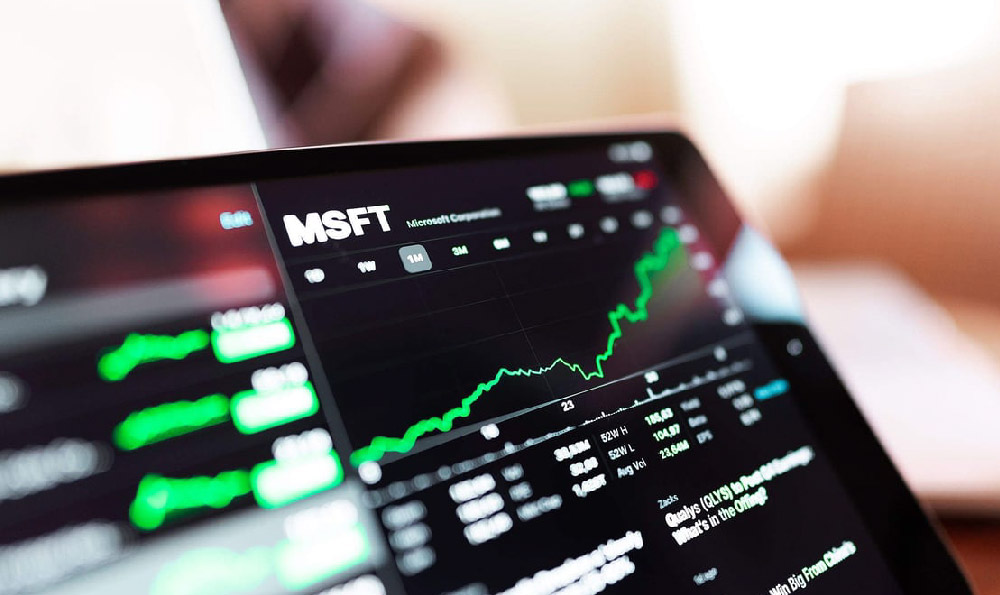
Day trading, often perceived as a high-octane, adrenaline-fueled pursuit, involves buying and selling financial instruments within the same trading day, aiming to capitalize on small price movements. The allure of quick profits and the potential for independence draws many to this arena, but understanding the mechanisms behind successful day trading and the strategies employed is crucial before venturing into this risky territory. Day traders do not hold positions overnight, mitigating the risk of overnight news or unexpected market events significantly impacting their investments.
The profit mechanism for day traders relies on leveraging relatively small price fluctuations. These fluctuations can stem from various sources, including economic news releases, earnings reports, technical analysis patterns, or even simple supply and demand imbalances during specific times of the day. Because individual price swings are often limited, day traders frequently employ significant leverage, borrowing capital from their broker to amplify potential gains (and, critically, losses). This leverage allows them to control larger positions than their initial capital would normally permit, thereby magnifying the impact of even minor price movements. For example, a trader with $10,000 in their account might use 10:1 leverage to control $100,000 worth of stock. A 1% increase in the stock price would then generate a $1,000 profit, or a 10% return on their initial capital. However, it's equally vital to recognize that a 1% decrease would result in a $1,000 loss, wiping out 10% of their initial investment. This inherent risk necessitates meticulous risk management and a disciplined approach to trading.
Several core strategies underpin the profitability of seasoned day traders. One fundamental approach is Technical Analysis. This involves studying historical price charts, volume data, and various technical indicators to identify patterns and predict future price movements. Day traders look for formations like head and shoulders, triangles, flags, and other chart patterns that suggest potential breakouts or reversals. Popular technical indicators include Moving Averages, Relative Strength Index (RSI), Moving Average Convergence Divergence (MACD), and Fibonacci retracements. These tools help traders assess momentum, identify overbought or oversold conditions, and determine potential entry and exit points. For instance, a trader might identify a stock that has been consistently bouncing off a support level. They could then place a buy order slightly above that support level, anticipating that the price will continue to rebound. Successful implementation of technical analysis requires a deep understanding of these indicators and the ability to interpret them accurately in the context of market conditions.

Another critical strategy is Scalping. Scalping involves making numerous small profits by exploiting tiny price gaps or imbalances in supply and demand. Scalpers typically hold positions for only a few seconds or minutes, aiming to capture gains of just a few cents or pennies per share. This strategy demands lightning-fast execution, meticulous order management, and the ability to react instantly to market changes. Scalpers often use Level 2 data, which provides a real-time view of the order book, showing the prices and quantities of buy and sell orders at different levels. This allows them to identify areas of support and resistance and anticipate potential price movements. Scalping is extremely high-frequency and requires unwavering focus and discipline.
Momentum Trading is another common approach. Momentum traders capitalize on stocks that are experiencing significant upward or downward price movement due to positive or negative news, earnings reports, or other catalysts. They aim to enter a trade while the momentum is strong and exit before the price reverses. Identifying stocks with strong momentum often involves using stock screeners that filter for stocks with high volume, large price increases, or positive news coverage. Momentum traders may also use technical indicators to confirm the strength of the trend, such as the Average Directional Index (ADX). The risk lies in the potential for a sudden reversal, so stop-loss orders are essential for managing losses.
News Trading centers around reacting quickly to breaking news events that are likely to impact stock prices. This could include earnings announcements, economic data releases, regulatory changes, or company-specific news such as product launches or mergers and acquisitions. News traders need to have access to real-time news feeds and the ability to quickly analyze the potential impact of the news on the stock. Speed is paramount in news trading, as the initial price reaction often provides the best opportunity for profit. However, it's also crucial to be aware of the potential for "fakeouts" or exaggerated price movements that quickly reverse, so having a defined strategy for entering and exiting trades is crucial.
Crucially, risk management is paramount to survival and profitability in day trading. Day traders typically employ stop-loss orders to limit potential losses on each trade. A stop-loss order is an instruction to automatically sell a stock if it reaches a specified price, preventing further losses. Position sizing is also crucial. Day traders should only risk a small percentage of their capital on any single trade, typically no more than 1-2%. This helps to protect their capital from large losses and allows them to weather inevitable losing streaks. Furthermore, discipline is key. Sticking to a pre-defined trading plan and avoiding emotional decisions is essential for long-term success. Greed and fear can lead to impulsive actions that can quickly erode profits.
Furthermore, the importance of continuous learning and adaptation cannot be overstated. The market is constantly evolving, and day traders must stay informed about new strategies, technologies, and market conditions. Regularly reviewing trades, analyzing performance, and identifying areas for improvement is crucial for honing one's skills. Joining trading communities, attending webinars, and reading books and articles on trading can also provide valuable insights and perspectives.
In conclusion, day trading can be a potentially profitable endeavor, but it requires a combination of knowledge, skill, discipline, and risk management. Understanding the profit mechanisms, mastering effective strategies, and adhering to strict risk management principles are essential for achieving consistent success. The path to profitability is paved with hard work, dedication, and a commitment to continuous learning. While the rewards can be significant, it's imperative to approach day trading with a realistic understanding of the risks involved and a willingness to invest the time and effort required to become a proficient trader.





